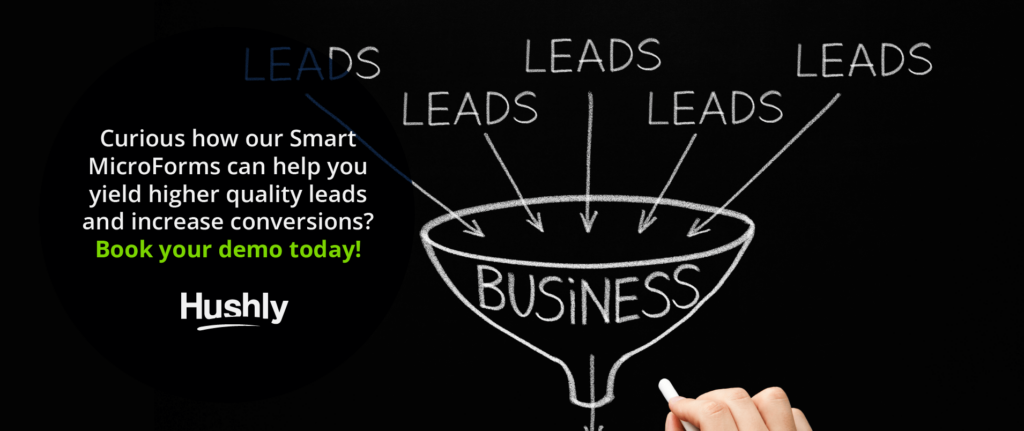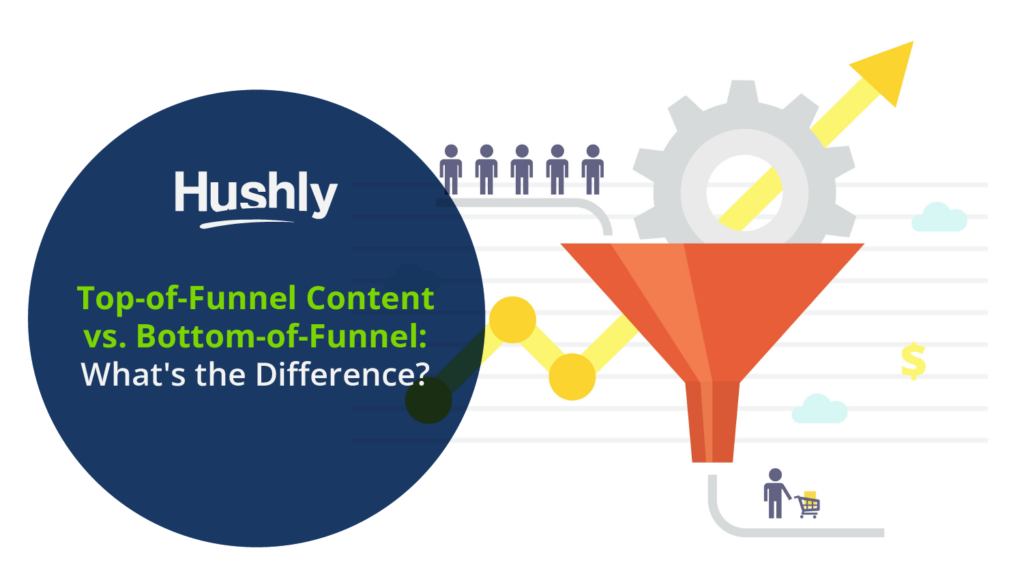Filters
Content Type
Topic
Sales Funnel Optimization: How Can It Benefit You?
Do you feel like your sales funnel is not working as well as you’d like it to? Are you spending too much time or money on marketing when it could be put to better use? If you’re struggling with your funnel, you’re not alone. Research shows that your customers only spend roughly 5% of their time interacting with a sales rep throughout their buying journey, and without proper sales funnel optimization, you could be losing out on a significant potential profit.
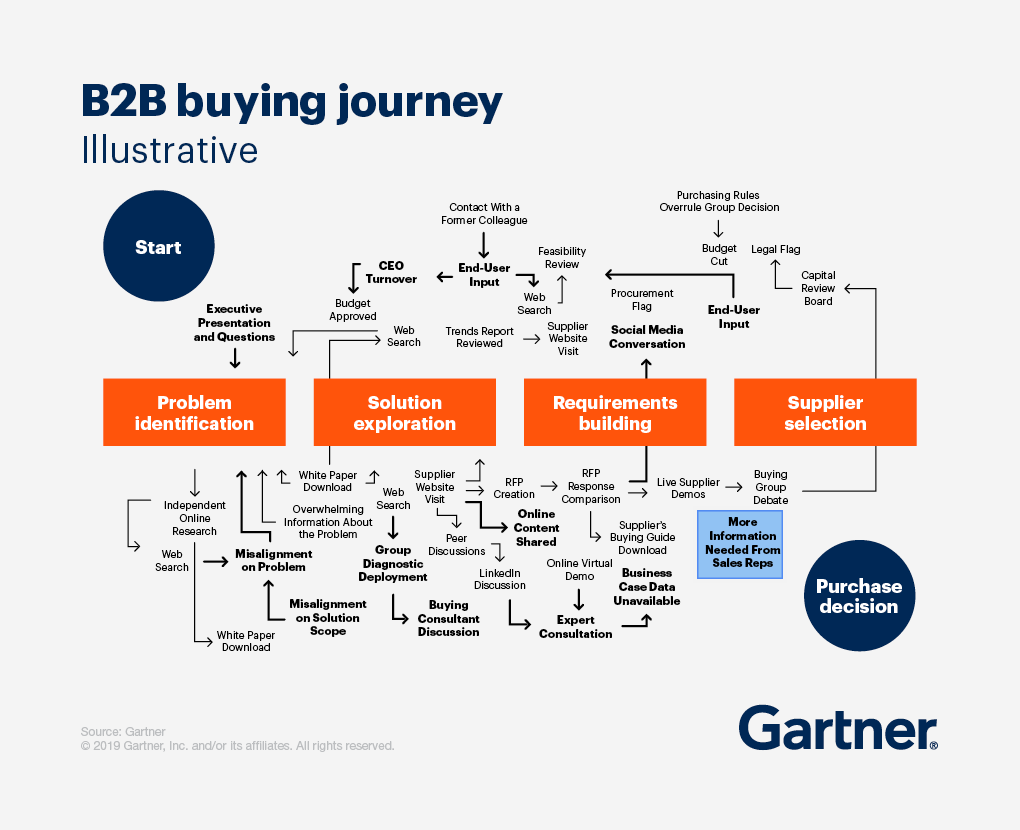
Source: Gartner
But when you understand how sales funnel optimization works, you can start eliminating the waste and increasing your conversion rate. So, let’s look at sales funnel optimization and how it can benefit your brand.
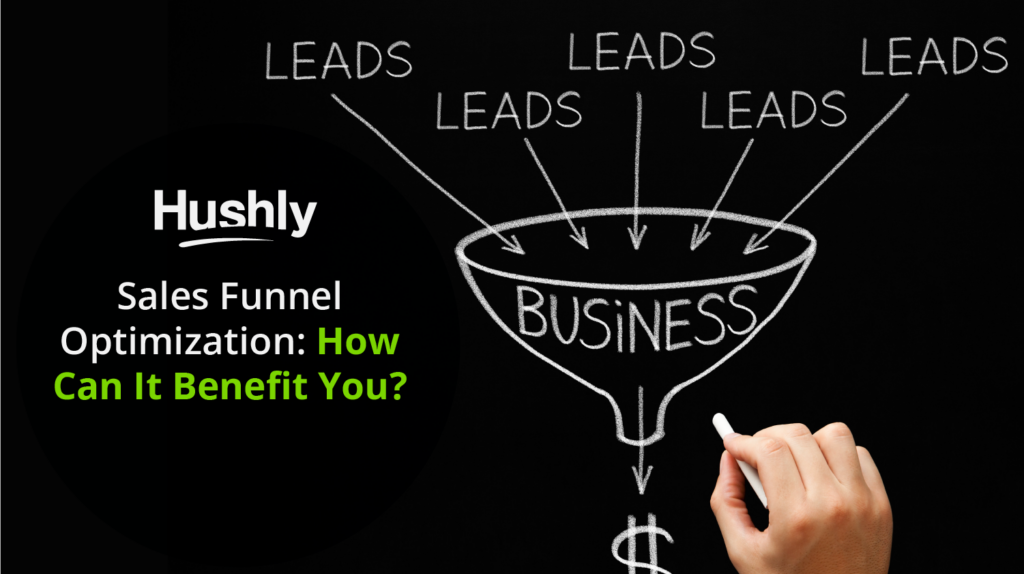
What is a B2B Sales Funnel?
A B2B sales funnel is a visual representation of every step a buyer takes from the first discovery of your business to their signing off on a purchase.
Your B2B sales funnel is a series of touchpoints that a buyer experiences with your business throughout their buying cycle, and it can help you understand what they are looking for at each stage. It’s a way to make sure you’re providing the information they need when they need it and in a way that’s most engaging for them.
The Difference Between a Marketing Funnel and Sales Funnel
A B2B sales funnel is different from a B2B marketing funnel in a few ways. A B2B sales funnel focuses on the steps your buyer takes to become a customer. On the other hand, a B2B marketing funnel focuses on the many educational steps a buyer takes before buying. The two are closely related, but they are not the same thing.
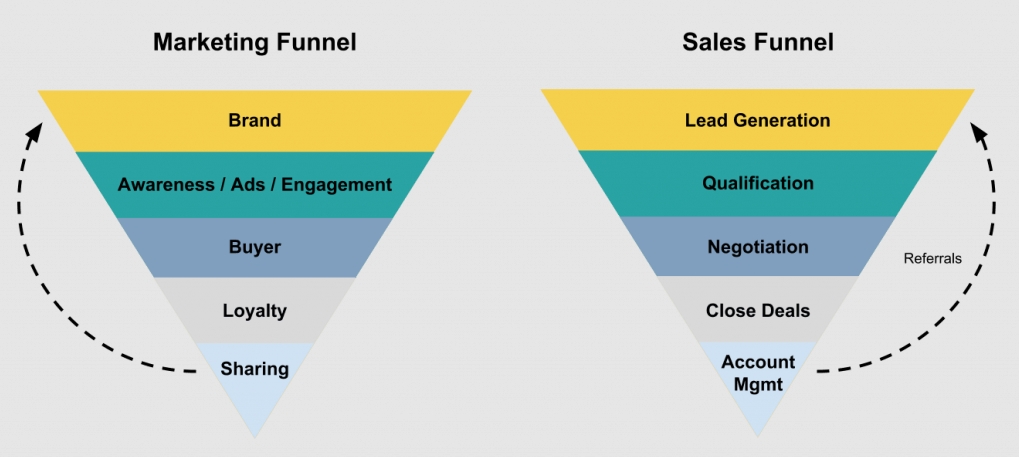
Source: Magenest
One of the reasons many B2B teams fail to achieve their sales funnel goals is because they focus too much on the marketing steps and ignore the sales steps.
While it’s true that your sales and marketing teams need to be working in tandem to ensure that your audience is getting the information they need to make an informed purchasing decision, it’s vital to understand that the goal of the sales team is to inform and convert them into paying customers, while the purpose of the marketing team is to get them to know your brand and its services and how they can use them.
If you look at the breakdown above, the journey to “buyer” is relatively short compared to the sales funnel. That’s because building brand awareness is a lot easier when your primary goal is to inform and encourage a prospect to make a conversion.
However, when it comes to your B2B audience, they want more than just proof that your products/services work. They need to be nurtured and convinced that your products/services will help them achieve their objectives. In other words, you need to build a case for why your prospect should buy from you instead of your competitors.
Remember, the goal of the sales funnel is to guide your prospects through the stages of the buying process, helping them find the information and reassurance they need to make a decision. That way, when it’s time to make that purchase, your sales team will have done their due diligence to ensure that the customer can move forward with confidence.
B2B Sales Funnel Optimization Best Practices
If you’re going to make the most of your B2B sales funnel, optimization is an absolute must. You want to attract the right audience, engage them at the right time, and help them make a successful purchase. But without the right tools and processes in place, your efforts will be in vain.
Here are some of the top B2B sales funnel optimization practices you can implement to enhance your sales pipeline:
1. Understand Who Your Audience Is and What They Want
One of the essential steps in creating a solid sales funnel is to make sure your team has a solid understanding of who your audience is and what they want.
Your sales team must understand what the buyer is looking for at each step of the sales funnel to provide the information and reassurance that the buyer is looking for.
This is where buyer personas come into play. Buyer personas are detailed profiles of your ideal buyer that provide your team with a clear picture of what they want, what they are looking for, and what motivates them to take action. That information is invaluable to your sales team. They can use it to help them make targeted offers that will get a response, and they can use it to educate your prospects so that they are better able to make a decision.
2. Nurture Relationships
When it comes to building a successful B2B sales funnel, it’s important not to view your role as simply pushing products and services down the pipeline. Instead, your goal should be to build a strong relationship with your prospects over time, helping them understand why their business needs are essential and why they should buy from you instead of your competitors.
The key here is to focus less on pushing products at specific points in the sales funnel and focus more on nurturing relationships over time. The best way to do that is to focus on providing value to your prospects over time. That’s how you build trust and a sense of urgency. Your sales team can then use that to their advantage when making offers and closing deals.
3. Produce/Share the Right Content for the Right Stages
This is where your marketing and sales team needs to unite. Marketing needs to create the right content to attract your ideal buyer at each sale funnel step. Your sales team needs to know exactly what’s being produced so they can optimize their pitches and deliver the right message to the right audience at the right time.
4. Eliminate Friction Points and Improve Efficiency
Eliminating friction points is key to a successful B2B sales funnel. Friction points are anything that gets in the way of your audience completing their buying journey.
Some common friction points include:
- A confusing website, an unclear sales process,
- Too many steps
- Too many offers at each step of the sales funnel
Whatever the case, your goal should be to remove as many friction points as possible so that your audience has no reason to hesitate.
5. Don’t Forget the Importance of Follow-ups
One of the most critical B2B sales funnel pieces that many companies overlook is the importance of including follow-ups into the funnel. Without a solid follow-up strategy in place, you run the risk of losing the interest of your prospects or missing out on opportunities to close the deal.
The best follow-up strategies are those that are automated, personalized, and continue to provide value to your prospects.
If you don’t have a follow-up strategy in place, then you run the risk of losing out on valuable business opportunities in the form of referrals and continued dialogue between your brand and your recent customers.
Optimize Your Marketing Funnel with Hushly’s Lead Form Builder
Sales funnels are an essential piece of your B2B marketing strategy. They allow you to build stronger relationships with your prospects over time, which is crucial to your company’s success. The key to a successful B2B sales funnel is to optimize it for maximum results.
One of the best ways to do that is to use a lead form builder to help you personalize your offers, eliminate friction points, and improve your efficiency. This will help you attract and convert more qualified leads into customers.
Curious how our Smart MicroForms can help you yield higher quality leads and increase conversions? Book your demo today!
The post Sales Funnel Optimization: How Can It Benefit You? appeared first on Hushly.

